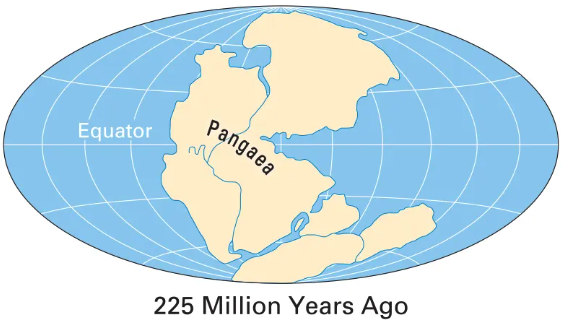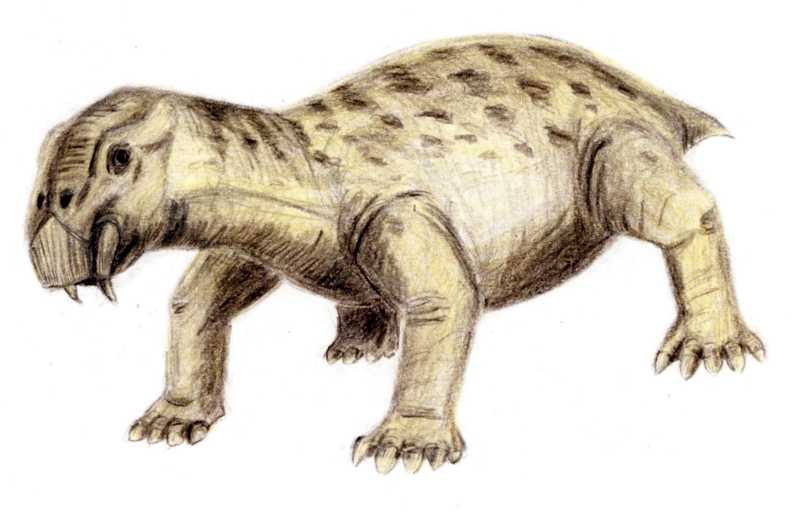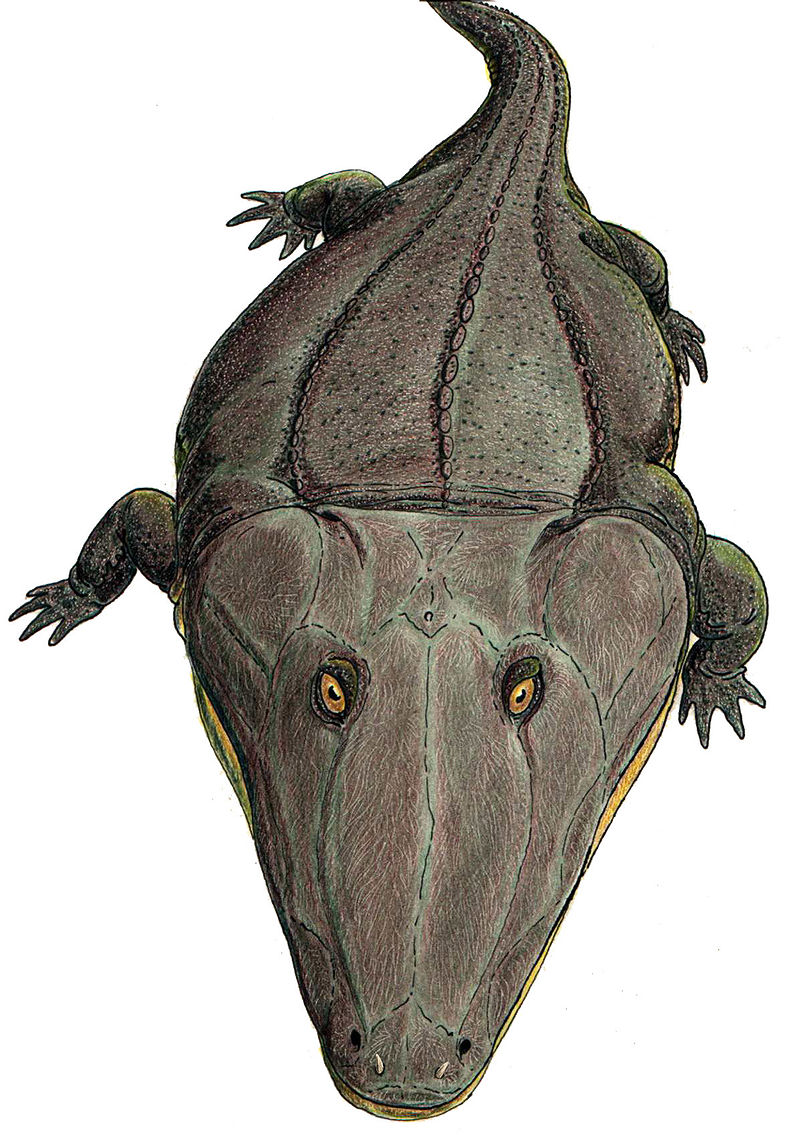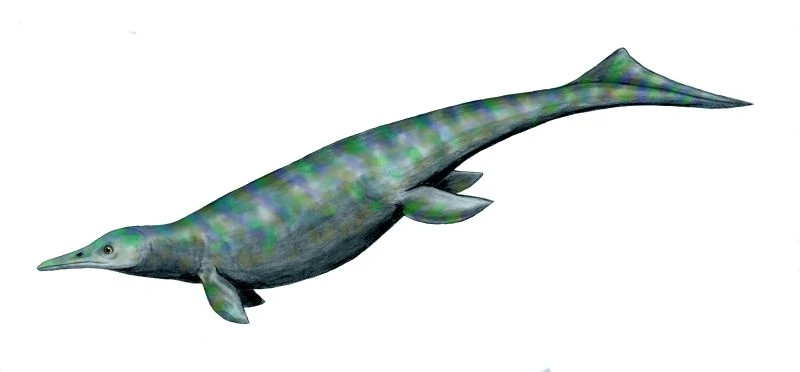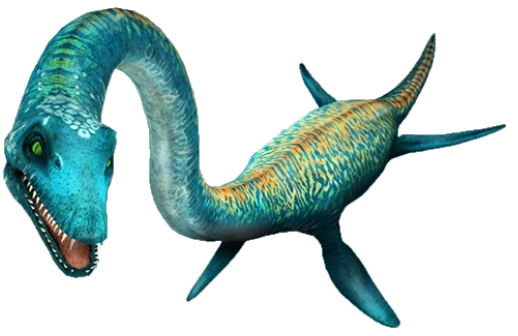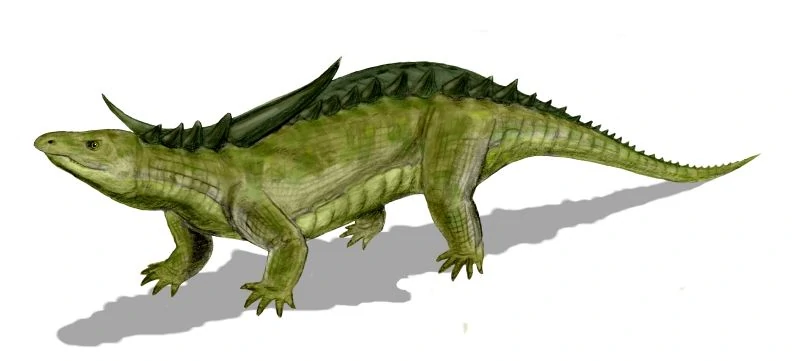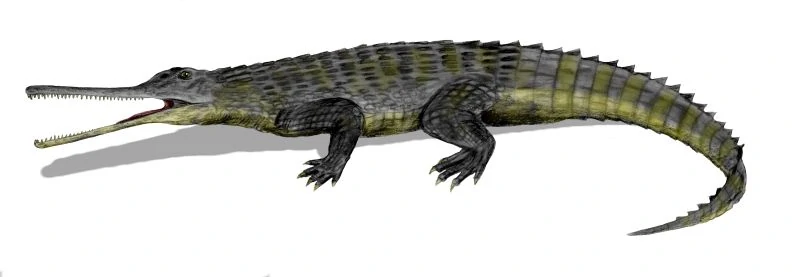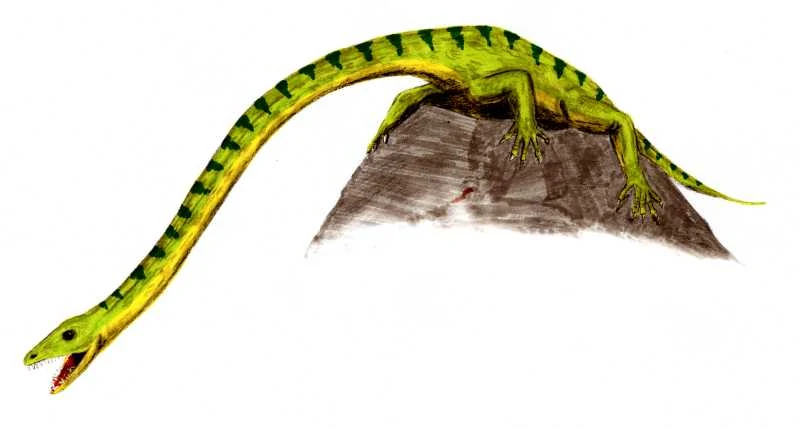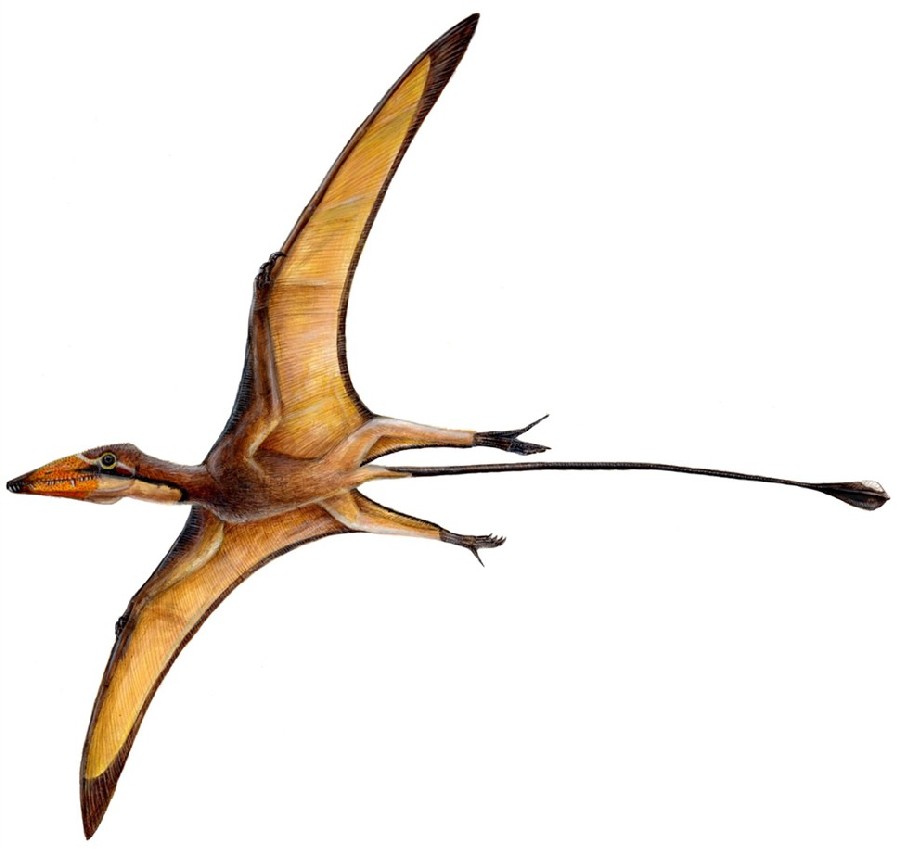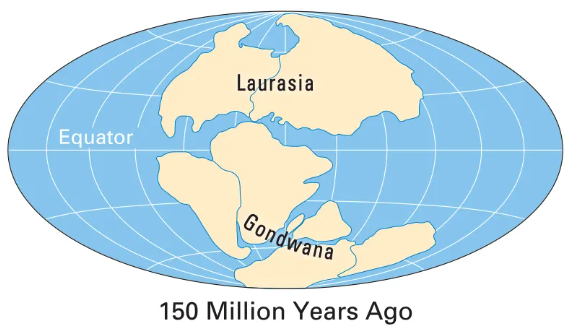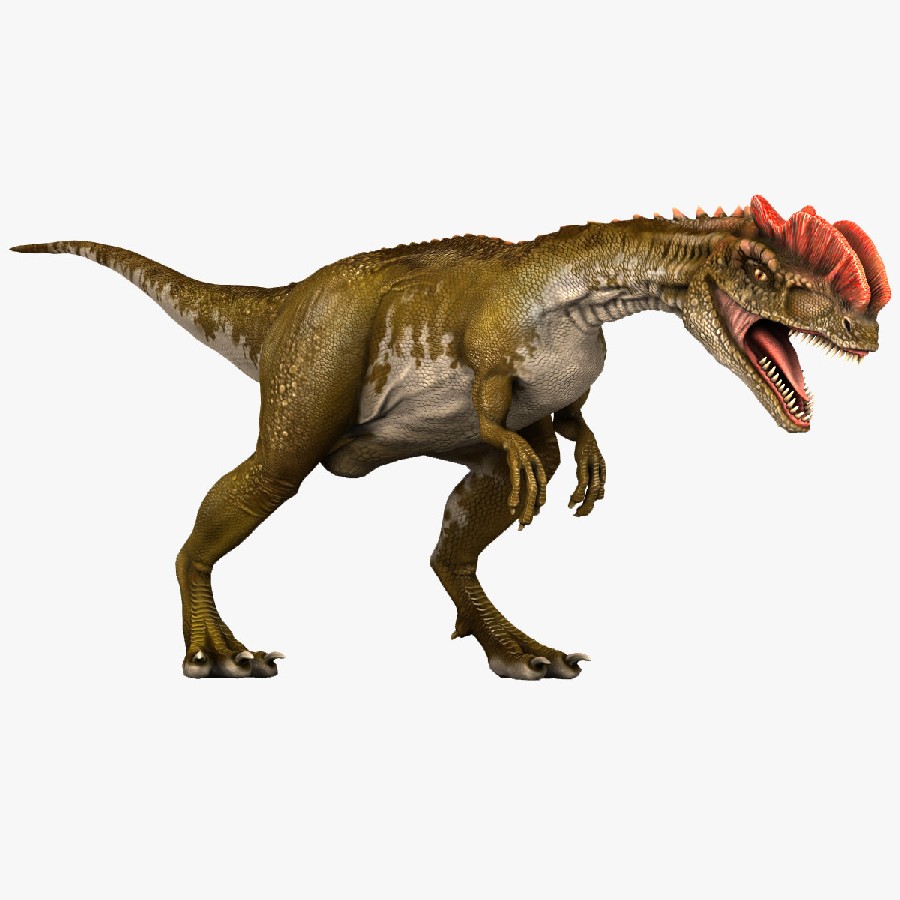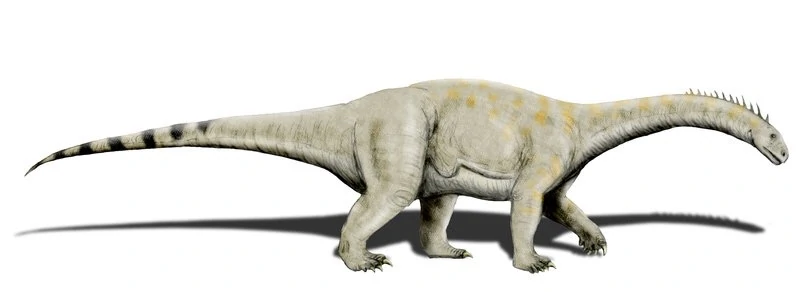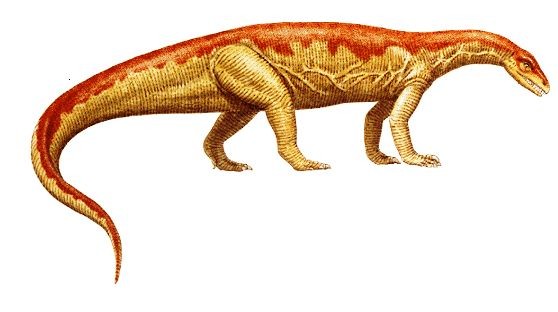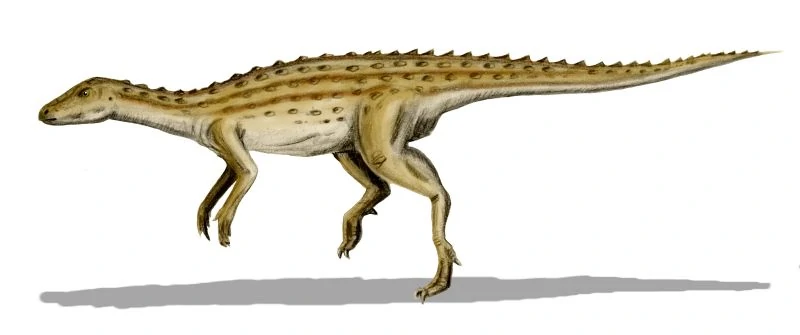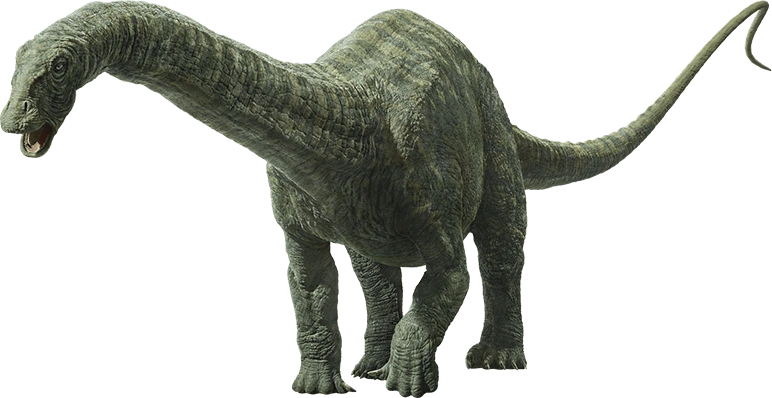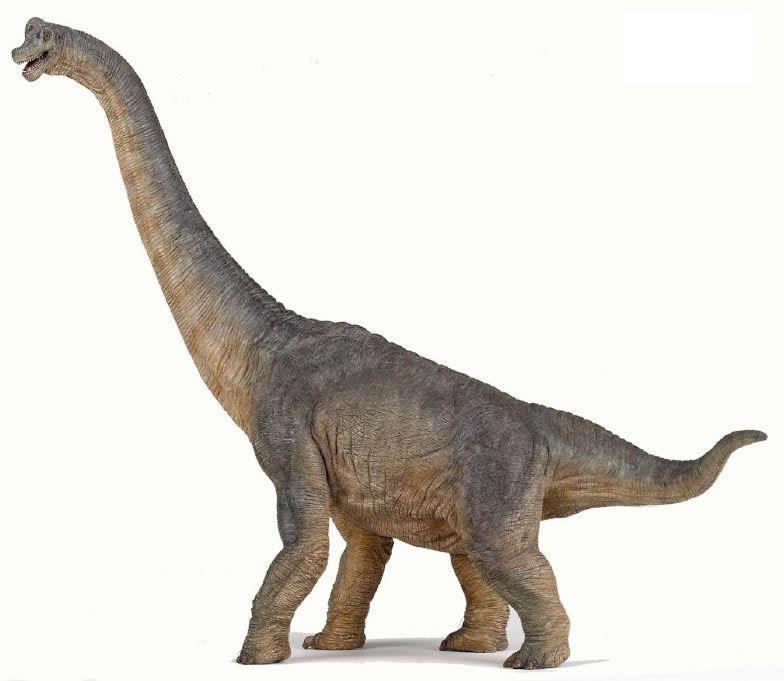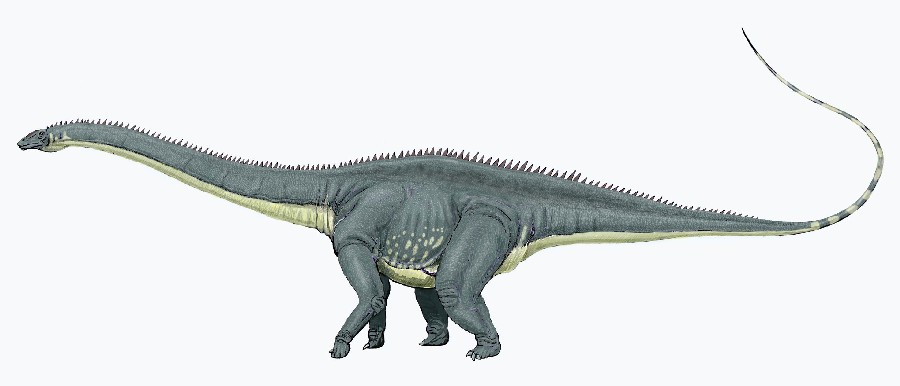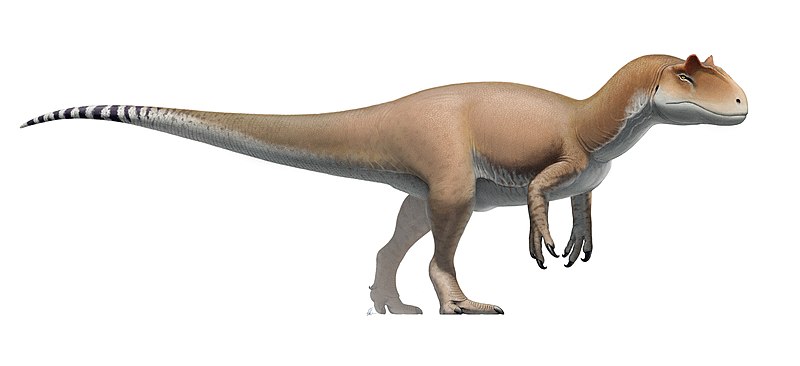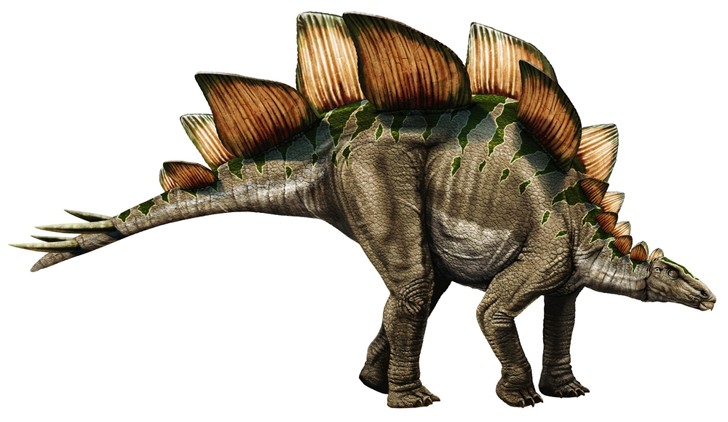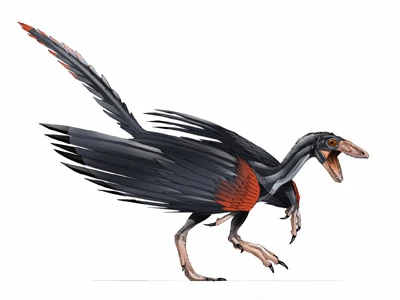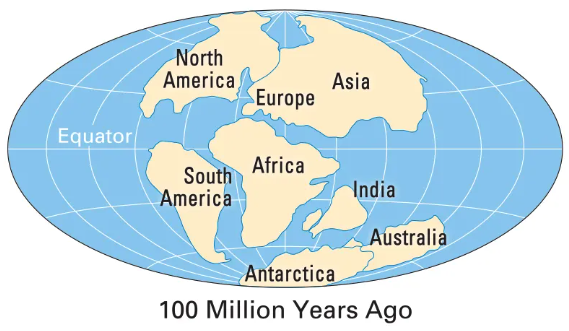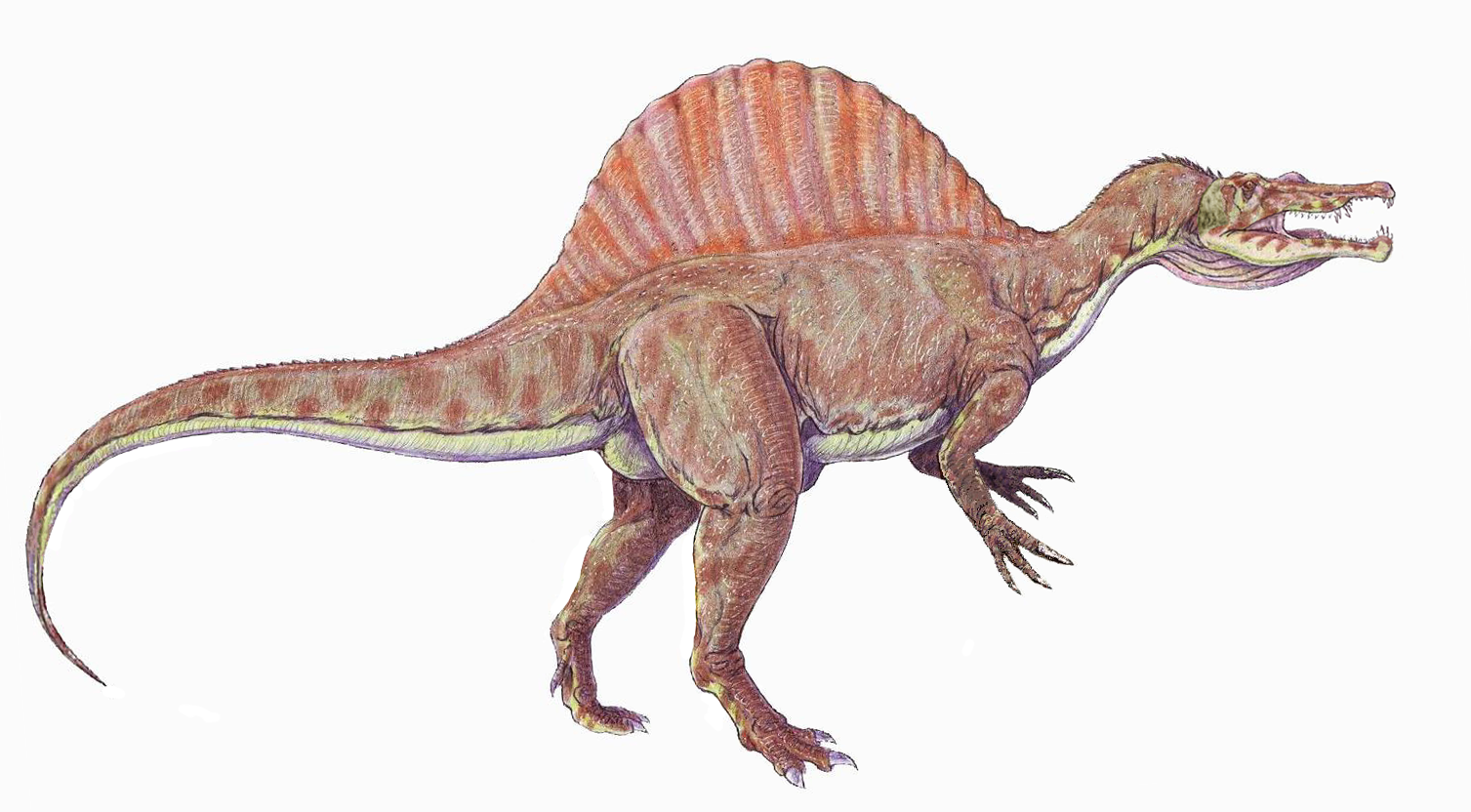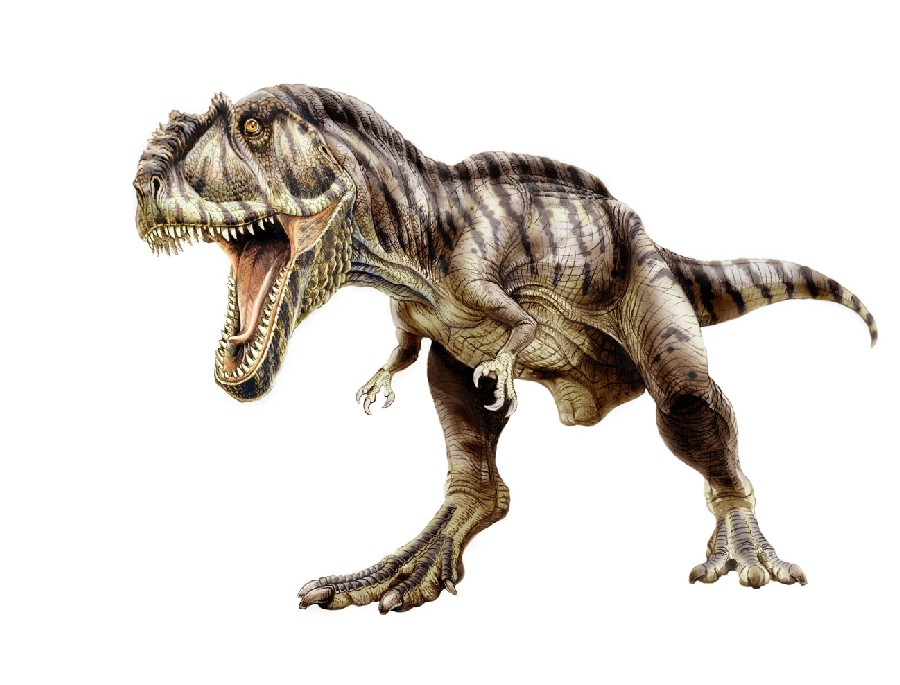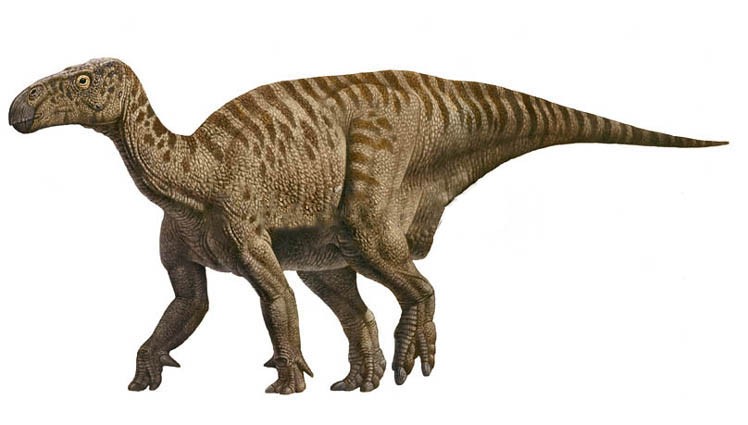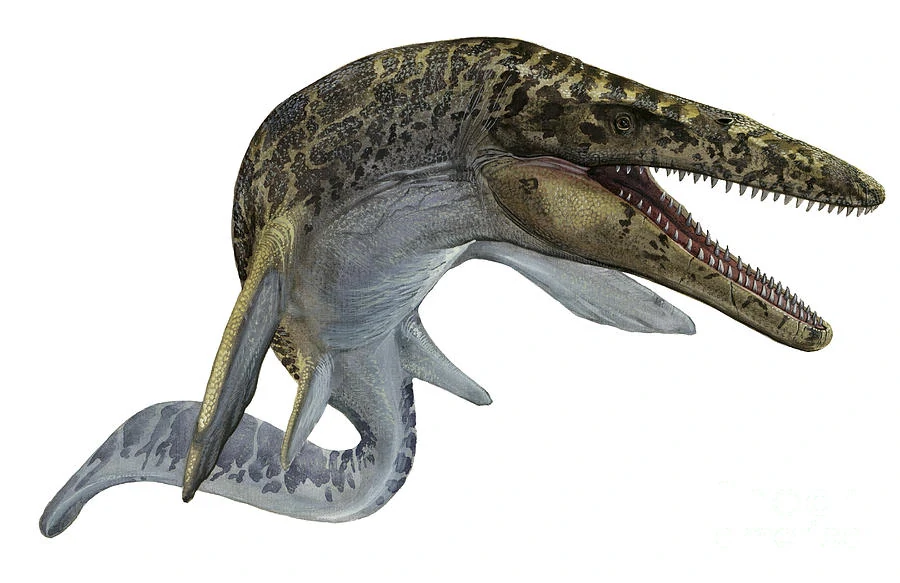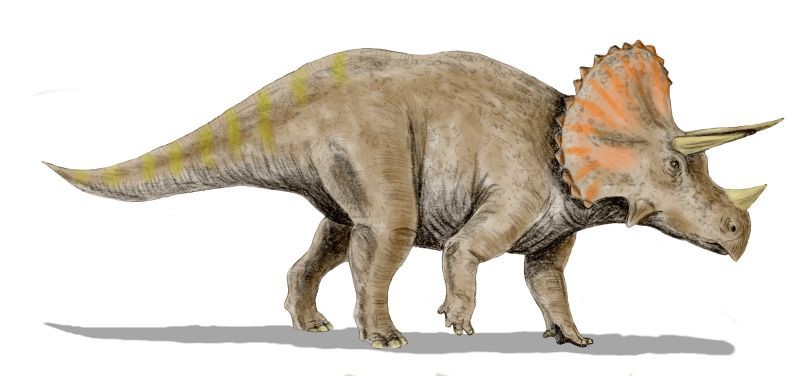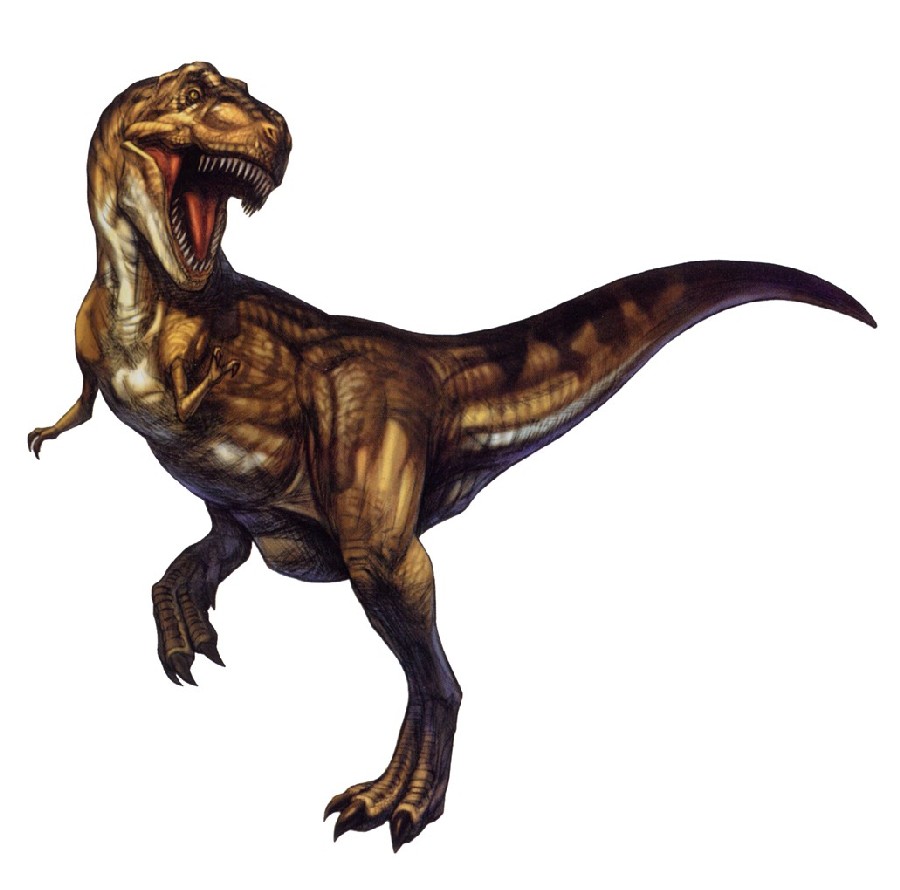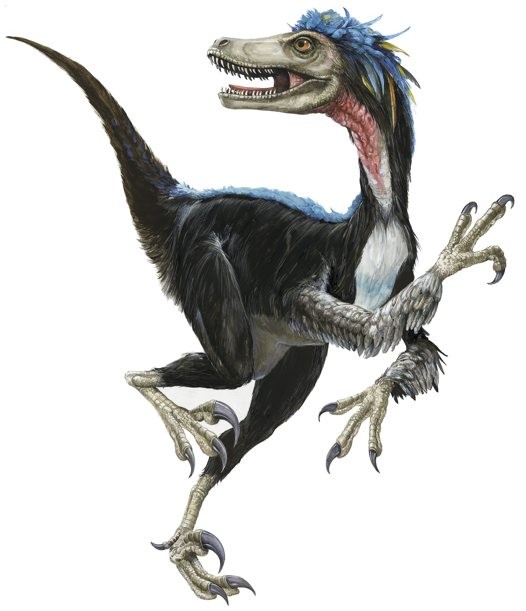The Triassic Period
Triassic Period ~ 252 - 201 million years ago
The Triassic Period was a time of great change on Earth and can be split into the Early (252 - 247m years ago), Middle (247 - 237m years ago) and Late (237 - 201m years ago) Triassics. It began after the worst-ever extinction event; known as "The Great Dying", it wiped out up to 90% of all species, animals and plants alike.
During the Triassic, Earth had one giant landmass called Pangaea. The environment varied greatly and as it recovered from The Great Dying, conifers reaching 30 metres tall grew in large forests and gave way to ferns in drier regions. As animals recovered, mammal-like reptiles like the Lystrosaurus and the first amphibians evolved in freshwater to live alongside existing Temnospondyls like Mastodonsaurus (something like a modern-day crocodile), and Ichthyosaurs evolved in the seas.
At the same time, Sphenodonts appeared, which would give rise to groups like Plesiosauria. While the Early Triassic was dominated mostly by mammal-like reptiles, the Middle Triassic saw a diverse range of archosaurs appear. These would later lead to dinosaurs, birds, crocodiles, turtles and pterosaurs.
Groups like Aetosaurs, Phytosaurs and the incredible Tanystropheus were quite successful. Pterosaurs appeared during the Middle Triassic and are the earliest known vertebrates to have powered flight. By the Late Triassic, archosaurs dominated the Earth.
The change on Earth during the Triassic period was not limited to plant and animal life. By the end of the Triassic period, Earth experienced another mass-extinction event after massive volcanic activity and Pangea began to break up.
